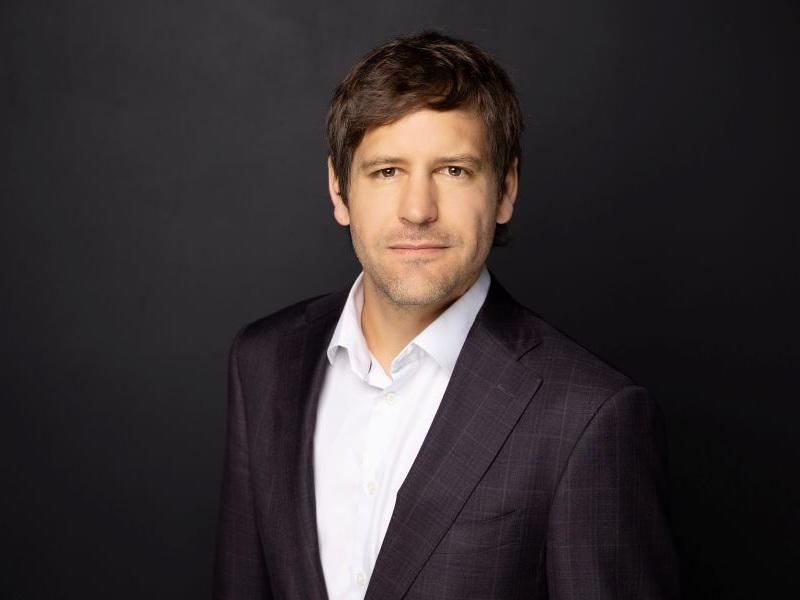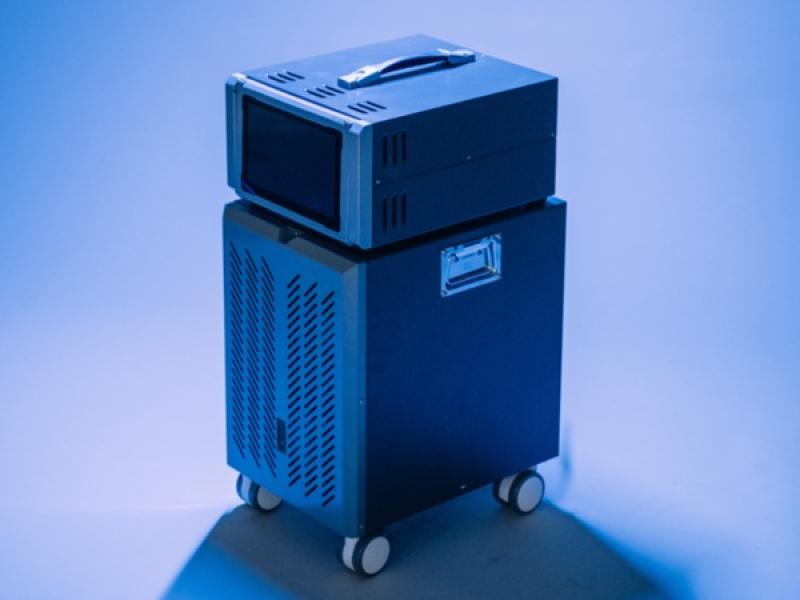
Calgary-based Ayrton Energy has received a $9.2-million investment from the Business Development Bank of Canada (BDC) for its technology that safely and sustainably transports hydrogen fuel, overcoming a potential chokepoint in the industry.
Co-founded by CEO Natasha Kostenuk and chief technology officer Brandy Kinkead, Ayrton’s team developed the Liquid Organic Hydrogen Carrier (LOHC).
With the LOHC, hydrogen gas is absorbed into an organic carrier oil and released as a gas, similar to a sponge, as Kostenuk put it. Such technology means existing gas infrastructure can be used to move hydrogen fuel, requiring no modifications or major build-out of new facilities, she told Sustainable Biz Canada in an interview.
“There’s lots of talk about the growing hydrogen economy, and most people there focus on hydrogen production technologies or hydrogen end-use technologies, but the bottleneck to really making the hydrogen economy grow is the storage and transportation piece,” she said.
“It requires a lot of infrastructure change, it’s expensive, and it has a lot of safety risks around it. Our system solves those challenges and really enables the hydrogen economy to grow.”
How the LOHC system works
Kostenuk is a mechanical engineer who worked for Trican Well Service Ltd. in technical, managerial, business development and sales positions for almost 20 years. She moved on to helping develop businesses with Blackstone Industrial Services and 53 Degree Consulting, before founding Ayrton in December 2021.
Kinkead holds a doctorate in chemistry, and a background in enhanced oil recovery and materials development.
Further elaborating on LOHC, Kostenuk explained the oil binds hydrogen gas in a fashion similar to how oils are hydrogenated to make margarine. The oil is then put through a reactor to squeeze out the hydrogen as a pure gas for energy uses such as fuel cells.
Compared to compressed or liquid hydrogen infrastructure that uses high-pressure tanks and very cold temperatures, LOHC operates at room temperature and is highly stable. Since it uses the same equipment and facilities as natural gas transportation (tanks, trucks, rail cars, and pipelines), it can help cut the costs of transitioning to hydrogen, Kostenuk said.
Additionally, it is safer, she said. “Today, most hydrogen is moved around using compressed hydrogen, so, using those two trailers that you compress hydrogen with. But those require complex logistics and increased safety handling costs with the high pressure hydrogen gas, which can be dangerous.”
By comparison, Kostenuk said Ayrton’s liquid is safe and easy to handle.
On the sustainability side, the oil is reusable and compared to using ammonia to transport hydrogen, LOHC is twice as energy efficient, Kostenuk said.
Overall, costs are cut between 30 and 50 per cent versus compressed or liquefied hydrogen, she added.
A 2024 study published in the International Journal of Hydrogen Energy found the “high capital costs of refuelling stations” to be a major bottleneck of hydrogen as a fuel for the transportation sector.
The Canadian government has listed hydrogen as a key part of its net-zero 2050 goal. Most projections quoted by Natural Resources Canada estimate hydrogen could provide from three per cent to 12 per cent of the country's energy needs by 2050, with some estimates as high as 18 per cent.
BCD's investment
Prior to the BDC funding, Ayrton raised over $1 million in 2023 and secured oil service giant Halliburton as an investor. Approximately $4.5 million was raised in grants over the past two years, Kostenuk disclosed.
Having known about Ayrton through venture events, BDC is making its first investment into a hydrogen transportation company, according to Cheri Corbett, a senior partner at BDC’s Climate Tech Fund.
The federal government’s investing arm took interest in Ayrton because the company is addressing the high cost of hydrogen transportation and a lack of dedicated storage infrastructure, Corbett told Sustainable Biz Canada.
“The thing that really excited us about Ayrton specifically is that they address both of those key issues. As we scale this company and bring it towards commercialization, I really believe we’ll be at the right point in the market.”
The funding will help double Ayrton’s team of 15 over the next 12 to 18 months, expand into new Calgary facilities, and scale-up its technology for pilot programs, Kostenuk said.
Ayrton is working with ATCO to demonstrate LOHC this year at the scale of kilograms of hydrogen stored and released per day. It hopes to raise its capacity to tens of kilograms stored per day in 2025. The target is to reach tonnes of hydrogen per year by late 2025 to 2026.
Kostenuk is in talks with potential customers to use LOHC to move hundreds of tonnes of hydrogen per day by 2030. More pilot partners will be announced in 2025.
Ayrton will look to work with utility, hydrogen logistics and producer customers.
Efforts to secure paid pilot programs over the next 12 to 18 months are also under way, Corbett said.










